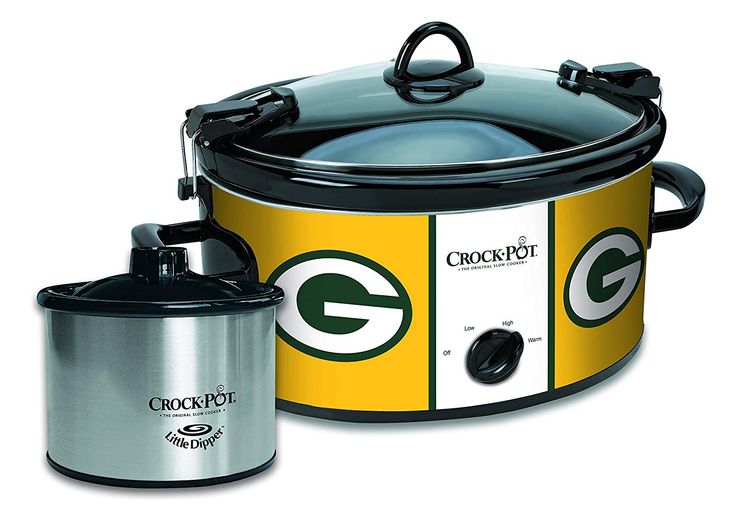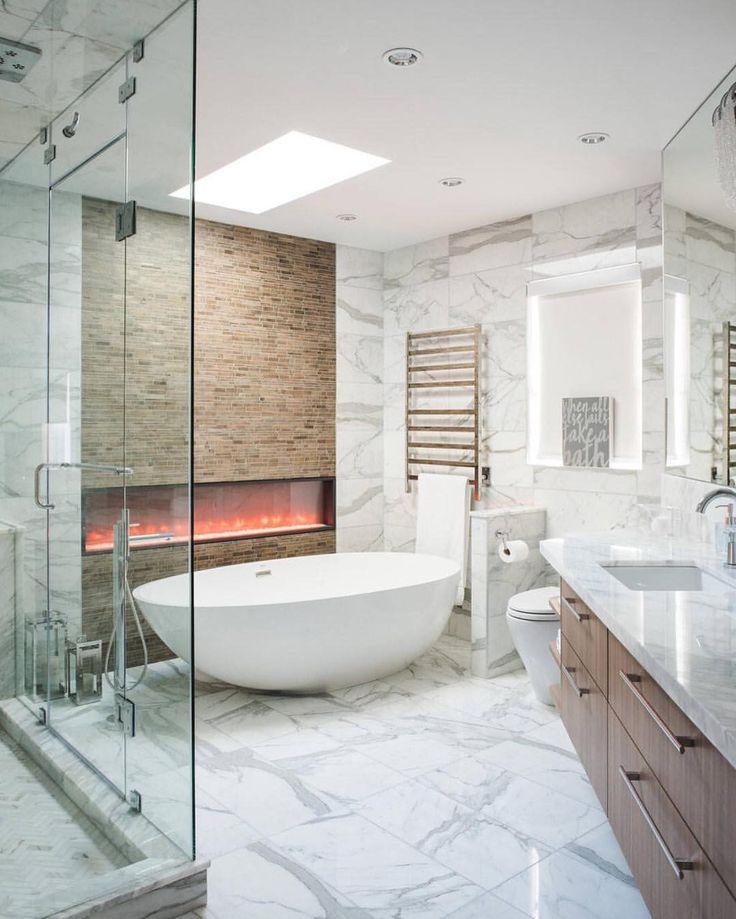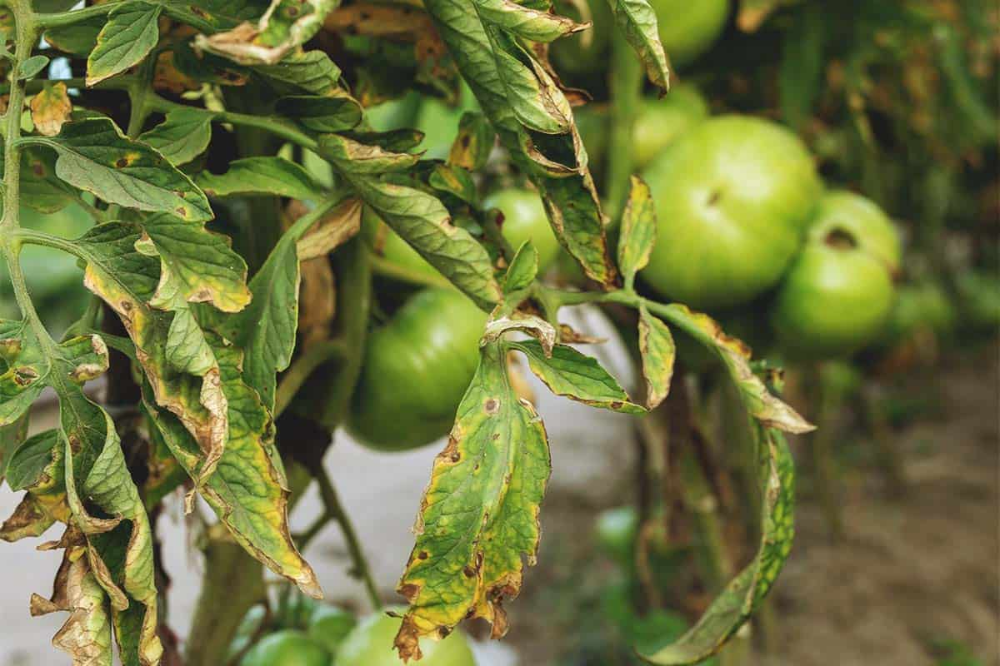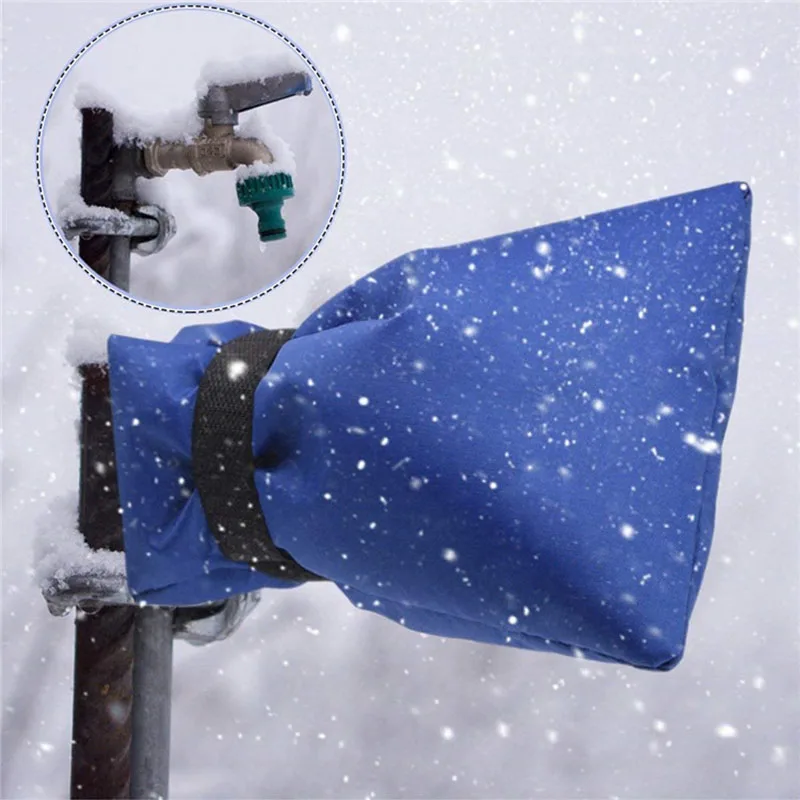Vinegar for house cleaning
18 Places You Should Be Cleaning with Vinegar in Your Kitchen
The best all-purpose cleaner is probably in your cupboard right now. News flash: You should be cleaning everything in your kitchen with white vinegar. When diluted with water, it is a "miracle cleaner" that our test kitchen uses for almost everything. Vinegar is made of acetic acid, which is a natural disinfectant for killing some common germs like salmonella and E. coli, but is best when used in tandem with antibacterial soap and water to guarantee all germs are killed.
A huge gallon jug of distilled white vinegar from our favorite brand, Heinz, will run you $13 on Amazon, and the vinegar smell will evaporate more quickly than you think. But if you're worried about it, you can always add some citrus peels or essential oils. Most applications call for a 1:1 ratio of water to vinegar so the strength of the acid isn't too intense or damaging, and it can be stored in a jar or a spray bottle for easy access. Here's how we use white vinegar to clean 18 things in our kitchens.
1. Kitchen Sink
Use a 1:1 ratio of diluted vinegar and water and store it in a spray bottle. Then you can spritz and disinfect your kitchen sink, counters, or any other spots that you'd normally use bleach but want to be food-safe. To counteract the vinegar smell, you can use soapy water to rinse the sink afterward.
2. Floors
Don't use expensive cleaners—mix 1:1 vinegar to water and mop the floor with it! This will protect your floor from too strong a concentration of acidic vinegar, and will help lift off any grease or dirt.
3. Greasy Stovetop
Vinegar's acidity helps cut through grease easily. Spray some vinegar and water mix onto a splattered stovetop, let it sit for 10 minutes, and then scrub down with soapy water. It should wipe right off. If not, leave it to sit a bit longer.
4. Sheet Pans
Clean your dirty sheet pans by mixing ½ cup baking soda and ½ cup white vinegar with hot water in the sink. It will bubble up like a school science project, but that reaction is what helps loosen the residue. Make sure your sink is plugged so they stay submerged, and let it soak for 30 minutes to an hour before scrubbing away with a scouring pad, the scrubby side of your sponge, or steel wool.
5. Stainless Steel Pots and Pans
If you have a particularly gnarly-looking stainless steel pan that won't get clean, boil together water and vinegar for a few minutes. It will dissolve grease and get rid of any weird stains or water spots. If it's really dirty, you can go longer. The more vinegar you use here, the more quickly the cleaning happens. Then dump the vinegar mixture and wash as normal with soap and water!
6. Enamel Pots and Pans
The same works for enamel or enamed cast iron (like your Dutch oven): boil water and vinegar together to help dissolve stains, and scrub off any remaining spots with soap and water.
7. Microwave
We tried using a vinegar and water mixture in Angry Mama, a funny-looking microwave cleaner, but you could get the same results by combining equal parts water and vinegar in a large microwave-safe bowl. Microwave it for about five minutes to loosen any gunk with the steam, then wipe clean. Make sure to put a chopstick or toothpick inside the bowl—if not, the water can superheat and make the bowl explode! (Something proven by the Mythbusters.)
8. Coffee Makers and Tea Kettles
Whether you use an electric tea kettle, standard coffee maker, or Keurig, they can all be cleaned in the same way to get rid of mineral build-up. (This process is also known as descaling.) Pour a 1:1 ratio of water to vinegar into the water reservoir or directly into the kettle. Run it through the coffee maker or simply boil the water in the kettle, then rinse thoroughly with water. For automatic coffee makers (including those that use pods), you may have to run plain water through a few times to get the smell and taste of vinegar out. You can also use vinegar and water to clean stained tea or coffee cups.
9. Blender or Food Processor
Stuck on food, stains, or weird smells? Again, 1:1 water to vinegar and blitz it in the blender or food processor, then wash as normal.
10. Instant Pot (or Pressure Cooker) Sealing Ring
If your Instant Pot sealing ring smells or is stained, soak it in with a mixture of vinegar and water in your sink, a sheet pan, or any other vessel in your kitchen. Let it soak for as long as you want (an hour is great if you can spare the time), wash it with dish soap, and leave it out to dry and air out. You can also fill the whole pot with white vinegar, water, and lemon rind, then run the steam cycle for a few minutes.
11. Cloudy Wine Glasses
If minerals in hard water are causing your wine or drinking glasses to get cloudy, soak them in the sink with some non-diluted vinegar for a few minutes and wash as normal. The vinegar should dissolve the minerals.
12. Plastic Cutting Board
After cutting raw meat, it's good to not only wash your cutting board, but also disinfect it with a mixture of water and vinegar. Wipe it down thoroughly with a mixture of vinegar and water—this is a great time to store the 1:1 mixture in a spray bottle for easy cleaning. It's always best to use plastic cutting boards with meat, but if you use wood, make sure to follow these wooden cutting board cleaning rules.
15 things you can clean with vinegar |
It’s surprising the things you can clean with vinegar around the home. It’s white vinegar that can help keep everything hygienically clean – the key is to dilute it with water and any other natural extracts or essential oils to add a lovely scent.
'Vinegar is made from acetic acid,' says Lucy Searle, Global Editor in Chief for Homes & Gardens. 'So this makes it a natural disinfectant for so many germs including salmonella and E Coli. It can be great for some kitchen surfaces and appliances, as well as in the bathroom. It’s a brilliant product to have in the store cupboard and avoids using store-bought abrasive cleaners. A word of warning, though – undiluted vinegar can damage natural stone and wood, so always check – or dilute really well – before using vinegar for cleaning.'
Here are our top cleaning tips for using vinegar to get a sparkle back in your home.
Cleaning with vinegar
If you use store-bought household cleaners, you are probably already cleaning with vinegar, since it's made with acetic acid, an ingredient in some cleaning products. Vinegar is very effective at cleaning precisely because of the acid, which will break down grease, grime and dirt easily. Be warned though, it can damage some surfaces so always check – or test patch – before you use vinegar, especially neat vinegar, for cleaning.
1. Clean windows with vinegar
(Image credit: Future / James Balston)
Our windows can look really dirty really quickly but all they need is a homemade vinegar and water solution to get them sparkling in no time.
Mix equal parts of white vinegar and hot water and add a splash of liquid soap to help remove any streaks. Martha Stewart says that the best time of day to clean is when the sun isn’t shining directly on the windows:
'Using a sponge, wet (but don’t drench) the window with the DIY window cleaner solution and rub the dirt away, being sure to keep the solution from touching the window frames,' she advises. 'Next, wet the squeegee and starting at an upper corner, draw it down in a straight stroke. Return to the top and repeat, slightly overlapping the first stroke. After each stroke, wipe the rubber edge of the squeegee with a sponge or lint-free cloth. Finish by pulling the squeegee across the bottom of the window, and dry the sill with a sponge or cloth.'
Cleaning a front door fitted with glass panels? You can tackle these in the same way as windows.
2. Clean a microwave with vinegar
(Image credit: Mowlem & Co)
Looking for kitchen cleaning tips? Many of us forget to give the microwave a good clean every now and then and it can quickly become a bit stinky if we don’t. Again, combine equal parts water and vinegar – this time in a large microwaveable bowl. Pop the bowl into the microwave and set it for about five minutes. The steam created will loosen any food debris, which you can simply wipe away.
3. Clean floors with vinegar
(Image credit: Future/Emma Lee)
Floor cleaning products can be pricey and strong smelling, so you might want to clean tile floors using vinegar – although do test this first if you are cleaning encaustic tiles or cleaning stone floors.
Take your equal parts vinegar and water solution and mop. It not only lifts off grease and dirt but the diluted solution stops the floor from being damaged by the acid of the vinegar. For her go-to kitchen cleaner, TV presenter Denise Wild fills a spray bottle with about 50 per cent vinegar, 30 per cent water and 20 per cent lemon juice. 'Then I add eucalyptus oil (for the smell) and tea tree oil (because it’s antibacterial),' she says.
4. Clean a stove with vinegar
(Image credit: Maestri Studio Photograph: Jenifer McNeil Baker)
These can become so greasy and sticky, especially when you’re cooking for the family once or twice a day. Vinegar is great for this, as its acidity cuts through grease in an instant. Simply spray your vinegar and water mix onto the cooktop, leave it for about 10 minutes then scrub with soapy water using a non-abrasive scouring pad.
5. Clean a kitchen sink with vinegar
(Image credit: DeVOL)
Your 1:1 diluted vinegar and water solution is ideal for the kitchen sink, too. Simply spritz it onto all areas of the sink and rinse with soapy water afterwards.
6. Clean kettles and coffee makers with vinegar
(Image credit: Lundhs)
To get rid of that horrible limescale inside your tea kettle or coffee maker, pour the water and vinegar solution directly into the appliance or water reservoir. Boil the kettle or run it through the coffee maker, followed by a few water-only run-throughs to rinse the taste and odor away. If you’re cleaning a humidifier, a vinegar solution can get rid of buildup in the tank in the same way.
A word of warning: check the manufacturer's instructions before cleaning a coffee maker with vinegar – they may advise against it, in which case, take heed.
7. Clean pots and pans with vinegar
(Image credit: Future)
Vinegar is an option when you want to get rid of burnt-on marks on pots and pans. Again, use a vinegar and water solution, adding enough to the pan to cover the stain completely.
Bring the solution in the pan to the boil and continue boiling for about 5 minutes. Allow the liquid to cool in the pan, before tipping it out and using a sponge suitable for the material the pan is made from to remove any remaining marks.
Note that vinegar could also be used for cleaning cast iron that‘s become rusty. If that’s the case, soaking it in a vinegar and water solution can help to remove the rust.
8. Clean food processors and blenders with vinegar
(Image credit: Vitamix)
Want to clean a blender? Blitz your diluted vinegar and water solution in the food processor or blender then wash as normal.
A word of warning: check the manufacturer's instructions before cleaning a food processor or blender with vinegar – they may advise against it, in which case, take heed.
9. Clean plastic chopping boards with vinegar
(Image credit: Alamy)
This is one area where you really need to be ultra-hygienic to prevent cross-contamination of raw meats. Once you’re finished prepping the evening meal, disinfect it in your water and vinegar solution then wash in soapy hot water.
10. Clean wine glasses with vinegar
(Image credit: Getty Images)
It’s so annoying when the glassware gets all cloudy. This is often caused by hard water, so to combat this, soak them in the sink with some non-diluted white vinegar for a few minutes then wash as normal.
11. Clean a dishwasher with vinegar
(Image credit: Future / David Parmiter)
A great cleaning hack is to pour a cup of vinegar onto the base of the dishwasher inside the main cavity then run an empty cycle without any dishes or detergent in, to free-up any mineral deposits.
A caveat, though: a dishwasher can be one of the things not to clean with vinegar as it can damage some rubbers used for parts of the dishwasher. Check your manual.
12. Clean a refrigerator and freezer with vinegar
(Image credit: Smeg)
Have a good sort out by using up any food that’s near its use-by date and give the refrigerator and freezer a thorough clean with your diluted water and vinegar solution.
13. Clean a showerhead with vinegar
(Image credit: Future)
Vinegar can also be used as a cleaning product in the bathroom too. Clean a showerhead by pouring some white vinegar into a plastic bag and secure it around the showerhead with an elastic band. Leave overnight and wake up to a sparkling shower!
14. Clean a bathtub with vinegar
(Image credit: JL Design)
To clean a bathtub with vinegar, simply mix it with warm water and begin scrubbing the surface of your problem area. If the stain persists, mix vinegar and baking soda and let sit for a few minutes before vigorously scrubbing.
15. Clean a toilet with vinegar
(Image credit: James Balston)
No-one likes cleaning the loo but for great results, pour a cup of undiluted vinegar into the bowl and leave overnight. The next day, sprinkle with baking soda and scrub. Finally, flush the toilet and you’re all done.
What should you never clean with vinegar?
You should never clean natural stone, especially granite and marble, with vinegar. This means being extremely cautious with kitchen countertops and stone floors. Be careful, too, with wood, whether countertops or when cleaning hardwood floors – undiluted vinegar can damage all these.
Shop for your white vinegar for cleaning here...
441 Amazon customer reviews
☆☆☆☆☆
Low Stock
£1.74
View Deal
£1.85
View Deal
Reduced Price
£15.12
£4.80
View Deal
Show More Deals
7 Vinegar cleaning hacks that will save you money
Listed all the hacks in a short video.
1 Clean the shower head
Hard water often builds up in the holes in the shower head. Surely you haven’t washed it for a long time or tried, but it didn’t work out, because it takes a long time to wash each hole individually. There is a way that all you need is a plastic bag, gum and vinegar. Pour vinegar into a bag, place a watering can in it and tie it up, but so that the vinegar is in contact with the holes in the watering can. Leave the watering can for a few hours, you can overnight. Limescale after this procedure should come off quickly, and you do not have to buy special products.
Unsplash
2 Remove rust from tools
Rusted tools are very difficult to clean. But there are several ways to get rid of rust stains, including vinegar. Pour white vinegar into a jar or glass (large enough to hold a rusty tool). Then lower the tool and leave it for a few hours, maybe overnight. Afterwards, you may have to use sandpaper or a hard sponge to scrape off any remaining rust from the blades. Finally, rinse the instrument under water.
Unsplash
3 Clean the lawn trimmer
When mowing grass, the trimmer blades get dirty. And it is not recommended to clean them with water pressure, as this is an electrical device. The output is a hard brush. For better efficiency and cleanliness, as well as disinfection, it can be soaked in white vinegar, but not so that vinegar flows over the bristles, but lightly.
Unsplash
4 Make a trap for midges at home
Midges and mosquitoes cause a lot of inconvenience and are especially active in the warm season. If you do not want to buy fumigators, try this recipe. Pour 4 tablespoons of apple cider vinegar into a shallow jar and add a few drops of dishwashing liquid. Put them in rooms. The insects will smell the vinegar and fly towards it, but they will get stuck in the mixture and be unable to get out. Another plus is that such homemade traps are not toxic, unlike most specialty sprays.
ShutterStock
5 Clean Your Windows
Vinegar and a couple of available ingredients—plain water and corn starch—make a homemade window cleaner. Dilute equal parts water and white vinegar and add a teaspoon of cornstarch. It is more convenient to dilute the mixture in a spray bottle. The vinegar in this cleanser will help remove any dirt, while the corn starch acts as a mild abrasive. It is best to use a microfiber cloth so that there are no streaks left.
ShutterStock
6 Remove stickers and traces of them
Try dampening the sticker with vinegar and leave for 10-15 minutes. If you rub it after, there is a chance that it will come off without a trace.
ShutterStock
7 Prepare your vegetable and fruit cleanser
Most people wash their vegetables and fruits with plain tap water, but this is not as safe as it sounds. Therefore, stores offer special tools for this purpose. They can also often wash eggs. Save money and make a homemade solution with one glass of vinegar and a glass of water. It can be poured into a spray bottle to treat, for example, grapes. Or cook immediately in a bowl where you can put vegetables and fruits. Thus, it will be possible to disinfect the peel. After that, you need to lower the food into clean water (not from the tap), dry it and put it in a basket, plate or refrigerator.
Kaboompics
Material prepared by
Anastasia Dubrovina
How to clean with vinegar, use in apartment cleaning
White vinegar is becoming a surprisingly versatile alternative to most cleaning chemicals used everywhere today. What can you clean with vinegar? Yes, almost everything! In addition to the bottle of vinegar kept in the pantry, you should keep a spray bottle of 100 percent vinegar and a spray bottle of 50/50 mixed vinegar and water on hand. Please note that this is plain white vinegar. White vinegar is clear and therefore leaves no residue. Of course, you wouldn't clean with apple cider vinegar or red wine vinegar because they will leave marks. They are best left for cooking, and for cleaning, use white vinegar. Vinegar is very cheap, easy to buy, and it's already in most homes, and it's completely safe for the environment and your family. It's not just a good cleaner, it's often the best for many things.
This is the best cleaner for hard floors, laminated wood, ceramic tiles, linoleum and vinyl floors. However, vinegar cannot be used on stone surfaces when it comes to marble, paving stones, granite and others. Vinegar can damage stone
If you are going to clean with vinegar, you should know that its only drawback is the smell. Don't worry about it, because the smell of the vinegar goes away once it dries. Well, since vinegar is also a natural deodorant, the air in the room will remain fresh after using it. If you are looking for ways to use vinegar in your cleaning, you are in the right place. Cleaning the kitchen
Vinegar - mild antibacterial and antifungal agent . It kills most types of mold and mildew. Vinegar is also a natural deodorant, so you can clean your refrigerator with vinegar while also freshening up the smell in your refrigerator. Use a mixture of vinegar and water to scrub your kitchen floor without having to rinse it. Mix 1/2 cup vinegar with 1 cup water in a bowl, place it in the microwave and bring to a boil to remove grease and grime from oven walls and neutralize any odors that have been bothering you lately. Vinegar for cleaning the coffee maker. Add one cup of warm water to the coffee maker reservoir, then add two cups of white vinegar. Start the coffee maker in brew mode. Drain the cleaning solution and wash the coffee maker. Fill the tank twice with clean water and run the coffee maker in brew mode to remove any residual vinegar.
We clean the floors with vinegar Vinegar - is an excellent cleaner for ceramic and tiled floors . Use one tablespoon of vinegar per 3 liters of water to help bring back the shine to ceramic tiles. For parquet floors, a mixture in the same proportion is suitable. When you wash parquet floors, you should not leave excess water. Go over with a damp cloth and then with a dry cloth. Vinegar as a Deodorant Leaving a glass of vinegar in a room overnight will remove odors. Pour a glass of vinegar down the sink or garbage disposal to eliminate the smell.
Wipe your hands with vinegar if you have cut onions, garlic or cleaned fish.
The Miraculous Power of Cleanliness
Sprinkling vinegar on the surface will help deter ants.
To clean the Electric Shaver with vinegar: Mix 1 to 10 vinegar with water. Rinse the shaving head and hair compartment (once you have unplugged the razor) with this vinegar mixture. Thus, you will not only clean the razor, but also remove the smell.
Is the iron clogged with limescale so that it does not produce enough steam? Fill the water tank of the iron with white vinegar, plug it in, turn on the steam function and place it on any suitable stand, under which a tray should be placed to catch the dripping vinegar.
Spray vinegar on shower curtains to nip mold and mildew . Use the power of vinegar to get soap and foam off shower doors and wall tiles. The acidic properties will prevent mold and mildew from growing.
To remove the sticker from dishes , dampen with vinegar, wait 10-15 minutes and remove the sticker.
Use vinegar and water to clean windows (1 tbsp per glass of water. Add a few drops of good detergent).
Removing stains with vinegar
To remove a stain from a carpet: blot the liquid stain and remove as much excess liquid as possible.









